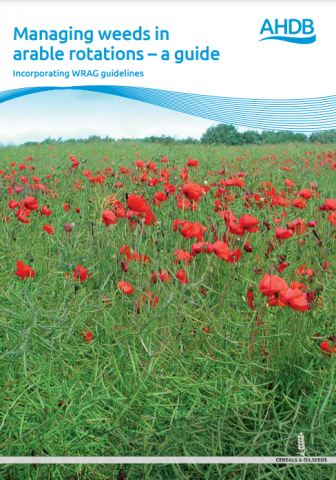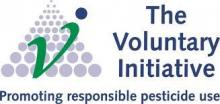Weed control is more than just using herbicides. Many factors determine weed incidence and effective weed management in arable crops requires integration of all these factors:
- Crop choice and rotation
- Managing the weed seedbank
- Cultivations
- Drilling date
- Crop competition
- Herbicide choice, application and timing
- Recent weed-control strategies
- Weather
- Agronomist/farmer perceptions
The aim of this publication is to provide a practical guide for farmers and agronomists that brings together research to allow improved weed management through a rotation dominated by autumn-sown crops.








